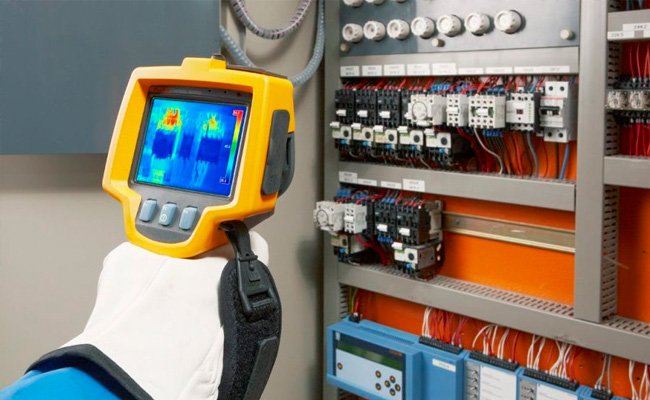
“The advance of technology is based on making it fit in so that you don’t really even notice it, so it’s part of everyday life”
Energy Efficiency
-

Energy consultation (audit)
We carry out energy audits, identify potential and serve as a basis for making qualified decisions on the next steps that can be taken to improve energy efficiency. For each measure, we indicate the energy/cost savings, the investment amount required, the payback period, the priority level of each measure, and the possibility of acquiring available grants.
-

Energy management
The introduction of energy management systems allows clients to control and manage energy consumption. This is a measure that gives us a transparent and simple overview of all energy and financial flows in real-time. The automated collection and processing of data improve the reliability and quality of energy management systems, which consequently results in more efficient energy consumption.
-

Thermal and Electrical saving masseurs
In many cases, we can achieve up to 50% or more electrical energy savings and reduce maintenance expenses simply by replacing obsolete technological equipment. Besides the replacement of boilers, chillers, and other equipment with more energy-efficient technology, the following solutions help further reduce costs.
Renewable energy
-

Solar thermal
Solar thermal energy is a form of energy and a technology for harnessing solar energy to generate thermal energy for use in industry, and in the residential and commercial sectors. Solar thermal collectors are classified as low-, medium-, or high-temperature collectors. Low-temperature collectors are generally unglazed and used to heat swimming pools or to heat ventilation air. Medium-temperature collectors are also usually flat plates but are used for heating water or air for residential and commercial use. High-temperature collectors concentrate sunlight using mirrors or lenses and are generally used for fulfilling heat requirements up to 300 deg C / 20 bar pressure in industries, and for electric power production. Two categories include Concentrated Solar Thermal (CST) for fulfilling heat requirements in industries, and Concentrated Solar Power (CSP) when the heat collected is used for electric power generation. CST and CSP are not replaceable in terms of application.
-

Solar PV
Photovoltaics (PV) is the conversion of light into electricity using semiconducting materials that exhibit the photovoltaic effect, a phenomenon studied in physics, photochemistry, and electrochemistry. The photovoltaic effect is commercially utilized for electricity generation and as photosensors. A photovoltaic system employs solar modules, each comprising a number of solar cells, which generate electrical power. PV installations may be ground-mounted, rooftop-mounted, wall-mounted, or floating.
-

Wind Energy
wind energy is the use of wind to provide mechanical power through wind turbines to turn electric generators for electrical power. Wind power is a popular sustainable, renewable source of power that has a much smaller impact on the environment compared to burning fossil fuels. The wind is an intermittent energy source, which cannot be dispatched on demand. Locally, it gives variable power, which is consistent from year to year but varies greatly over shorter time scales. Therefore, it must be used together with other power sources to give a reliable supply.
-

Bio Energy
Bioenergy is energy made from biomass or biofuel. Biomass is any organic material that has absorbed sunlight and stored it in the form of chemical energy. Examples are wood, energy crops, and waste from forests, yards, or farms. Since biomass technically can be used as a fuel directly (e.g. wood logs), some people use the terms biomass and biofuel interchangeably.
-

Heat Pumps
A heat pump is a device used to warm and sometimes also cool buildings by transferring thermal energy from a cooler space to a warmer space using the refrigeration cycle, being the opposite direction in which heat transfer would take place without the application of external power. Common device types include air source heat pumps, ground-source heat pumps, water source heat pumps, and exhaust air heat pumps. Heat pumps are also often used in district heating systems.
-

Absorption Cooling
An absorption refrigerator is a refrigerator that uses a heat source (e.g., solar energy, a fossil-fueled flame, waste heat from factories, or district heating systems) to provide the energy needed to drive the cooling process. The system uses two coolants, the first of which performs evaporative cooling and is then absorbed into the second coolant; heat is needed to reset the two coolants to their initial states. The principle can also be used to air-condition buildings using the waste heat from a gas turbine or water heater. Using waste heat from a gas turbine makes the turbine very efficient because it first produces electricity, then hot water, and finally, air-conditioning—trigeneration.
